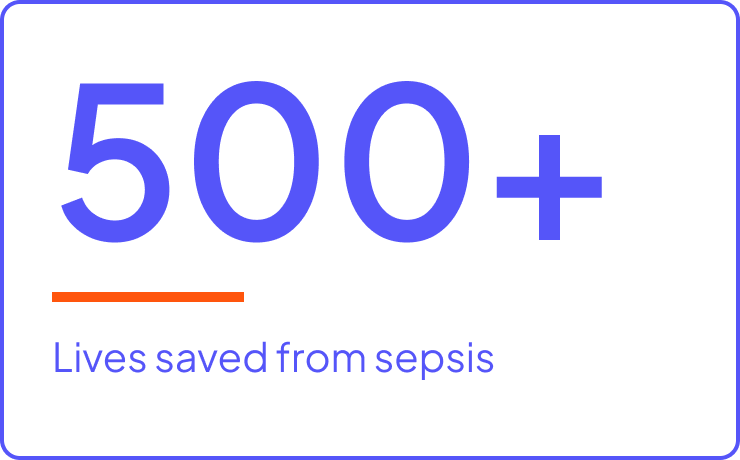

Key Highlights
Category
Healthcare
Location
Headquarters: North Kansas City, MO, USA
Solution highlights
- Enterprise data hub providing comprehensive view of population health
Impact
- Unprecedented ability to coalesce data from unlimited sources
- Improved patient diagnosis delivers measurable increase in lives saved
- Enhanced operational and financial performance in healthcare facilities
Cerner Corporation is expanding its historical focus on electronic medical records (EMR) to help improve health and care across the board. Cerner aims to assimilate and normalize the world's healthcare data in order to reduce cost and increase efficiency while improving patient outcomes.
Overview
Cerner Corporation, a longtime leader in the healthcare IT space, is in the midst of an evolution. Today, its solutions are contracted in over 35 countries at more than 27,000 provider facilities, such as hospitals, integrated delivery networks, ambulatory offices, and physicians’ offices.
But Cerner’s goal is to deliver more than software and solutions. The company is expanding its historical focus on electronic medical records (EMR) to help improve health and care across the board. Cerner aims to assimilate and normalize the world's healthcare data in order to reduce cost and increase efficiency of delivering healthcare, while improving patient outcomes.
Solution
The firm is accomplishing this by building a comprehensive view of population health on a Big Data platform that’s powered by a Cloudera enterprise data hub (EDH). David Edwards, Vice President and Fellow at Cerner explained, "Our vision is to bring all of this information into a common platform and then make sense of it -- and it turns out, this is actually a very challenging problem."
The platform ingests multiple different EMRs, HL7 feeds, Health Information Exchange information, claims data, and custom extracts from a variety of proprietary or client-owned data sources, uses Apache Kafka to ingest real-time data streams, and then pushes data to the appropriate HBase or HDFS cluster using Apache Storm.
Data moves from the Cloudera environment to Cerner’s HP Vertica data marts via bulk loads, giving data scientists, SAP Business Objects users, and SAS users the ability to interact with Hadoop data for broad reporting and analysis using tools they’re familiar with. Cerner has also taken steps to ensure the security and data integrity of its Big Data platform. In the healthcare space especially, a technical solution must provide a mechanism for threat mitigation in order to be considered a viable data management technology.
Cloudera advised Cerner’s approach to encrypting data at rest and on its Kerberos integration, and Edwards’ team values Cloudera’s dedication to enhancing security on Hadoop. "Our real aim is to get the technology out of the way so all that users see is the value that comes from their efforts. We really want the focus to be on the outcomes and results, not on what it takes to deliver them. The Cloudera platform is the technology that’s driving the value and it’s allowing us to build applications that help healthcare systems improve how they manage the chronic conditions of their populations. We're now able to aggregate the information, stratify it, and offer the opportunity to look at this data in a way that has never been possible before," said Edwards.
Impact: Improved Insights Save Lives
Traditional healthcare IT solutions tended to be limited in scope and restricted to a particular source of data. What is unique about Cerner’s EDH is that it brings together data from an almost unlimited number of sources, and that data can be used to build a far more complete picture of any patient, condition, or trend. The end result: better use of health resources.
Cerner’s EDH helps them understand the most significant risks and opportunities for improvement across a population of people. Cerner computes quality scores for managing a number of chronic conditions, and analysts can see which conditions could gain the most by improving those scores. For instance, Cerner can accurately determine the probability that a person has a bloodstream infection.
